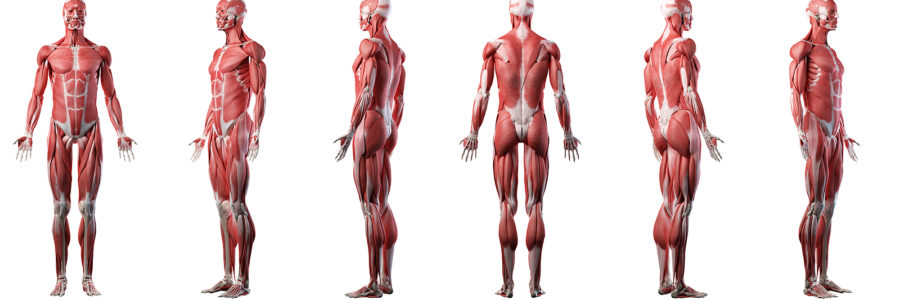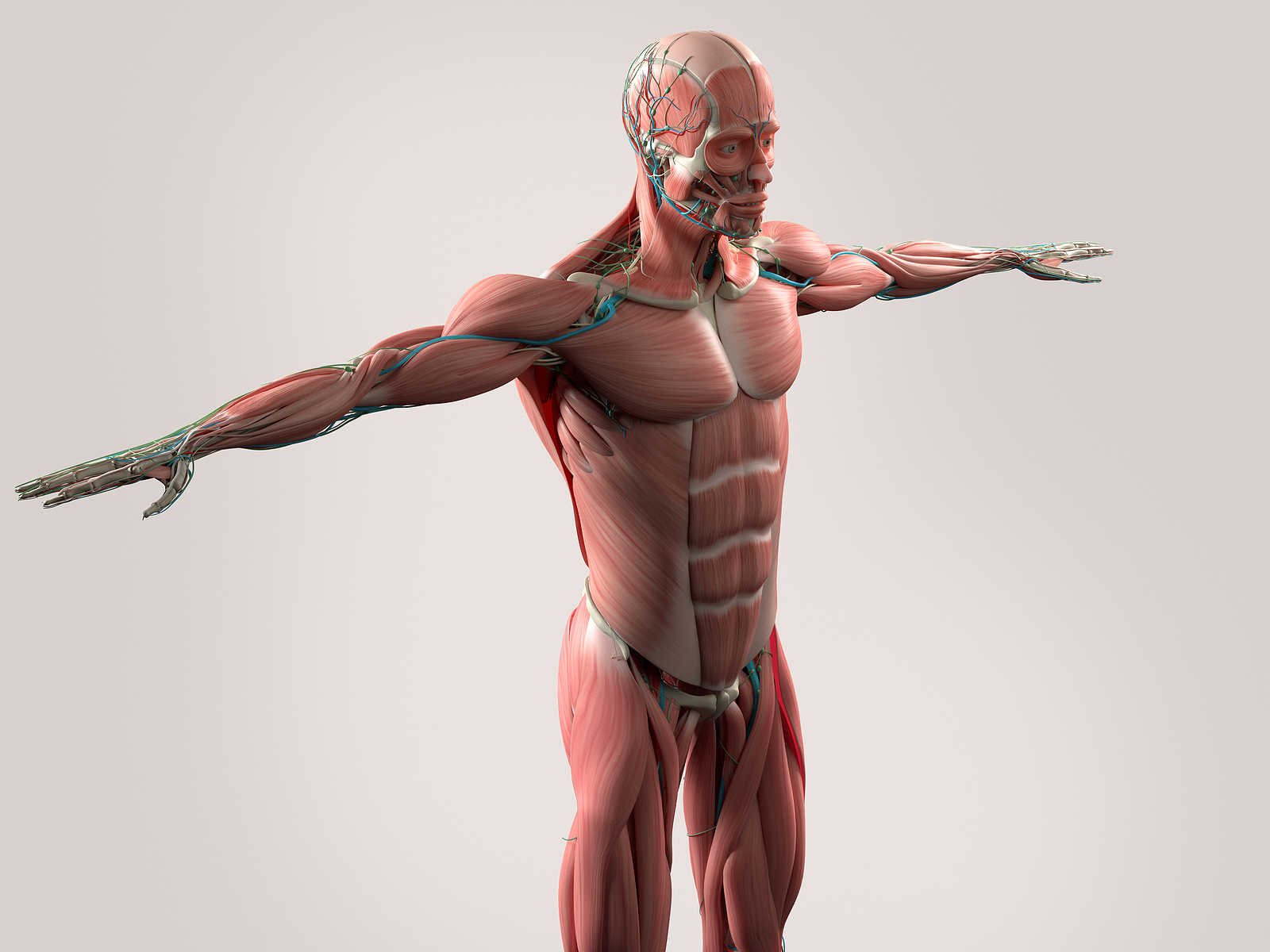 Massage therapy is a holistic healing modality that has gained widespread recognition for its ability to promote relaxation, reduce stress, and address musculoskeletal issues. While massage therapists are primarily trained in techniques that target muscles and soft tissues, it is crucial for them to have a comprehensive understanding of their clients’ neurological health. Incorporating thorough neurological assessments into massage therapy sessions allows therapists to gather vital information about the nervous system’s function, which can greatly enhance the effectiveness and safety of the treatment. In this extensive blog post, we will delve into the importance of neurological assessments in massage therapy and how they contribute to the overall well-being of clients.
Massage therapy is a holistic healing modality that has gained widespread recognition for its ability to promote relaxation, reduce stress, and address musculoskeletal issues. While massage therapists are primarily trained in techniques that target muscles and soft tissues, it is crucial for them to have a comprehensive understanding of their clients’ neurological health. Incorporating thorough neurological assessments into massage therapy sessions allows therapists to gather vital information about the nervous system’s function, which can greatly enhance the effectiveness and safety of the treatment. In this extensive blog post, we will delve into the importance of neurological assessments in massage therapy and how they contribute to the overall well-being of clients.
Understanding Neurological Assessments:
Neurological assessments encompass a series of tests and evaluations that systematically evaluate the function and integrity of the nervous system. These assessments involve various components, including sensory perception, motor function, reflexes, coordination, and overall neurological health. By conducting these assessments, massage therapists can obtain valuable information about the client’s neurological status and identify any potential neurological conditions or contraindications that may impact the massage treatment plan.
The Benefits of Neurological Assessments in Massage Therapy:
- Personalized Treatment Plans: Neurological assessments offer massage therapists a comprehensive understanding of a client’s neurological health. By assessing sensory perception, motor function, and reflexes, therapists can tailor treatment plans to meet the specific needs of each individual. For instance, if a client presents with impaired sensation in a certain area, the therapist can adjust the pressure, technique, or even focus on other regions to ensure safety and maximize the effectiveness of the massage session.
- Early Detection of Neurological Issues: One of the key advantages of incorporating neurological assessments in massage therapy is the potential for early detection of underlying neurological dysfunction or conditions. By recognizing symptoms such as diminished muscle strength, altered reflexes, or changes in coordination, massage therapists can promptly refer clients to appropriate healthcare professionals for further evaluation and treatment. Early detection can significantly improve the outcomes and prognosis for clients with neurological concerns.
- Safety Precautions: Certain neurological conditions or injuries may necessitate modifications or precautions during massage therapy. For example, clients with peripheral nerve damage or spinal cord injuries may have specific areas to avoid or require lighter pressure to prevent exacerbating symptoms. By performing neurological assessments, massage therapists can ensure that the massage session is safe and beneficial for the client, mitigating the risk of potential adverse effects.
- Enhanced Therapeutic Outcomes: Neurological assessments provide valuable insights into the effectiveness of massage therapy interventions. By evaluating a client’s sensory perception, motor function, and reflexes before and after treatment, therapists can assess the impact of their techniques on specific neurological issues. This feedback loop helps refine treatment plans and optimize therapeutic outcomes. Additionally, the integration of neurological assessments allows therapists to track progress over time and make necessary adjustments to ensure continued improvement.
- Holistic Approach to Healthcare: By incorporating neurological assessments, massage therapists embrace a holistic approach to healthcare. This comprehensive perspective recognizes the interdependence of the musculoskeletal and neurological systems. By considering not only the immediate physical effects of massage but also the underlying neurological aspects, therapists can address the interconnected nature of physical and neurological well-being. This holistic approach promotes overall health, relaxation, pain relief, and supports the body’s natural healing processes.
Conclusion:
Neurological assessments are an indispensable component of massage therapy, enabling therapists to provide safe, effective, and personalized treatments. By evaluating sensory perception, motor function, reflexes, and coordination, massage therapists gain valuable insights into a client’s neurological health, empowering them to adapt their techniques and treatment plans accordingly. The integration of comprehensive neurological assessments into massage therapy enhances therapeutic outcomes, promotes client safety, and contributes to a holistic approach to healthcare. As the field of massage therapy continues to evolve, it is crucial for therapists to prioritize the inclusion of neurological assessments in their practice to ensure the well-being, satisfaction, and long-term benefits for their clients.
Contact us today to learn more about clinical massage therapy.



 Introduction: In the realm of holistic healthcare, the human body continues to reveal hidden complexities, and one such marvel is the connective tissue known as fascia. Long overlooked and undervalued, fascia has gained significant attention in recent years due to its profound impact on our overall well-being. Fascia serves as a matrix that holds our body together, providing structural integrity and facilitating communication between different parts of our system. In this blog post, we delve into the importance of fascia and explore how massage therapy directly affects this remarkable tissue.
Introduction: In the realm of holistic healthcare, the human body continues to reveal hidden complexities, and one such marvel is the connective tissue known as fascia. Long overlooked and undervalued, fascia has gained significant attention in recent years due to its profound impact on our overall well-being. Fascia serves as a matrix that holds our body together, providing structural integrity and facilitating communication between different parts of our system. In this blog post, we delve into the importance of fascia and explore how massage therapy directly affects this remarkable tissue.